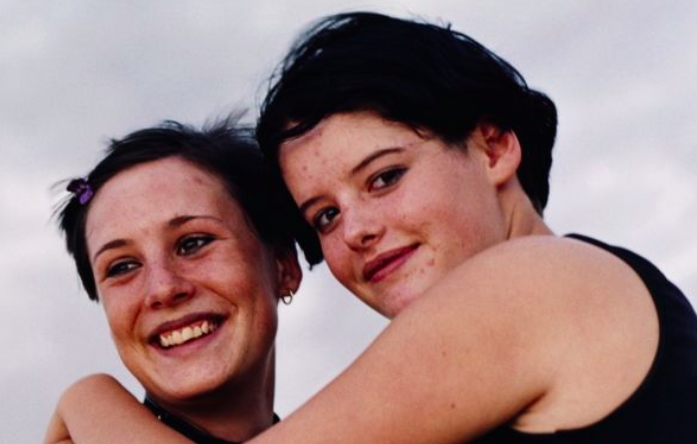Empathy adds “powerful, positive spark” to philanthropic giving
 Editor’s Note: In a recent NYTimes opinion piece, Jamil Zaki, an assistant professor of psychology at Stanford University, argues that, although some forms of philanthropy may affect more lives than others, philanthropy based purely on rational decision making will be neither sustained nor beneficial to the donor if it doesn’t connect to the donor at an emotional level. She critiques this new line of philanthropy that privileges pure rationality.
Editor’s Note: In a recent NYTimes opinion piece, Jamil Zaki, an assistant professor of psychology at Stanford University, argues that, although some forms of philanthropy may affect more lives than others, philanthropy based purely on rational decision making will be neither sustained nor beneficial to the donor if it doesn’t connect to the donor at an emotional level. She critiques this new line of philanthropy that privileges pure rationality.
These arguments are misguided. Crucially, they fail to account for psychological evidence that emotion — and especially empathy — adds a powerful, positive spark to philanthropy.
First, emotions reinforce kindness. Over a century of behavioral research demonstrates that people repeat actions that have rewarded them in the past. E.A. proponents deprecate the warm fuzzies people get from making donations, but those positive feelings can encourage more persistent giving.
Consider a study by the social psychologist Lara Aknin and colleagues: Participants recalled a previous purchase made for themselves or someone else, and reported on how good that had made them feel. The researchers then gave participants a cash windfall, and the subjects were invited to choose whether to donate it or spend the money on themselves. The participants who felt a “warm glow” from past altruism were more likely to donate their new winnings, suggesting that the emotional punch of personally meaningful giving — suboptimal from an E.A. perspective — can turn a one-time giver into a habitual philanthropist.
Emotion may also make altruism healthier. Generosity not only makes givers feel good, but reduces their stress level and even extends their lives.
This effect was apparent when my colleagues Sylvia Morelli, Ihno Lee, Molly Arnn and I surveyed Stanford students about their generous behaviors and the emotions they felt. We found that students who acted kindly experienced lower levels of stress and anxiety than their less generous peers. But this was true only to the extent that people felt empathy while helping others.
In other words, if you give without emotion — out of, say, a sense of duty — you may miss out on the benefits. Along similar lines, the social psychologist Sara H. Konrath and her colleagues recently found that volunteering reduced older adults’ mortality risks four years later — though only if their kindness was driven by genuine concern for others.
Effective altruists are right to make us think harder about how our charitable giving can actually reduce the sum of suffering in the world. But when it comes to helping, emotion and efficiency are perfectly compatible. In spite of the stereotypical view of emotion as wild and automatic, people exert enormous control over their feelings.
Every weekday, get thought-provoking commentary from Op-Ed columnists, The Times editorial board and contributing writers from around the world.
The same goes for empathy. Psychologists, myself included, have argued that people choose when and with whom to empathize; for instance, we take the time to consider one person’s suffering while turning away from another’s. It’s true that we often choose “easy” empathy, guiding our emotional energy toward people who look like us or whose suffering is well-publicized. But we have other options.
Once we decide to help those most in need, we can turn our empathy in their direction. For example, the University of Kansas professor C. Daniel Batson and his colleagues showed that people who deliberately take the perspective of distant others develop more compassionate attitudes toward them. Choosing empathy in this way aligns passion and principle.
Philanthropy, of course, helps its intended targets, but we should not reduce our generosity to evidence-based, goal-oriented actions. Giving also expresses our values and binds our communities. If we leave room for more everyday, instinctive forms of kindness, we’re actually doing ourselves a favor, too.
Jamil Zaki is an assistant professor of psychology at Stanford University and the director of the Stanford Social Neuroscience Laboratory.










